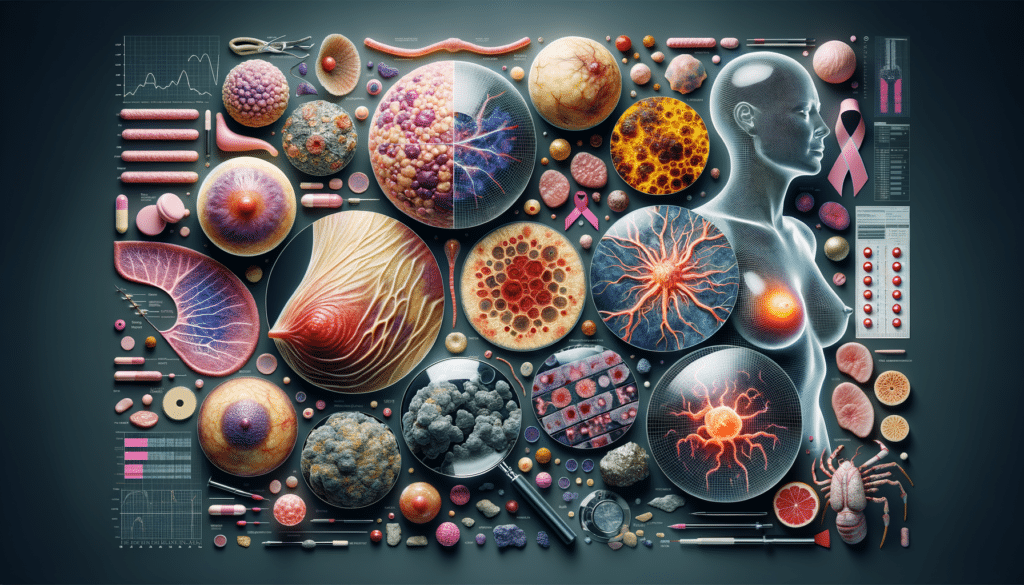Understanding Breast Cancer Symptoms
Breast cancer symptoms can manifest in various ways, and understanding them is crucial for early detection and treatment. Common symptoms include lumps or masses in the breast, changes in breast shape or size, and alterations in the skin texture. However, not all lumps are cancerous. It’s essential to differentiate between benign and malignant growths through medical evaluation. Some symptoms are more subtle, such as nipple discharge or inversion, and persistent breast pain. These signs might not always point to cancer but warrant professional assessment to rule out any serious conditions. Early detection significantly increases treatment success rates, making regular self-examinations and awareness of changes vital.
Inflammatory Breast Cancer: A Unique Challenge
Inflammatory breast cancer (IBC) is a rare but aggressive form of breast cancer that requires immediate attention. Unlike typical breast cancers, IBC often does not present with a distinct lump. Instead, symptoms may include swelling, redness, and a warm sensation in the breast. The skin may appear pitted, similar to an orange peel, and the breast may enlarge rapidly. These symptoms can easily be mistaken for an infection, delaying proper diagnosis. Because IBC progresses quickly, understanding its unique signs is crucial. If such symptoms arise, seeking prompt medical advice is imperative. IBC often requires a combination of treatments, including chemotherapy, surgery, and radiation, highlighting the importance of early and accurate diagnosis.
Types of Breast Cancer and Their Characteristics
Breast cancer encompasses various types, each with distinct characteristics and treatment approaches. The most common type is ductal carcinoma, which begins in the milk ducts. It can be invasive or non-invasive, with invasive ductal carcinoma being more prevalent. Lobular carcinoma starts in the lobules, or milk-producing glands, and can also be invasive. Less common types include triple-negative breast cancer, which lacks three typical receptors, making it more challenging to treat with hormone therapies. HER2-positive breast cancer is characterized by an overexpression of the HER2 protein, often leading to more aggressive cancer growth. Understanding these types aids in determining the most effective treatment strategy, as each type may respond differently to therapies.


